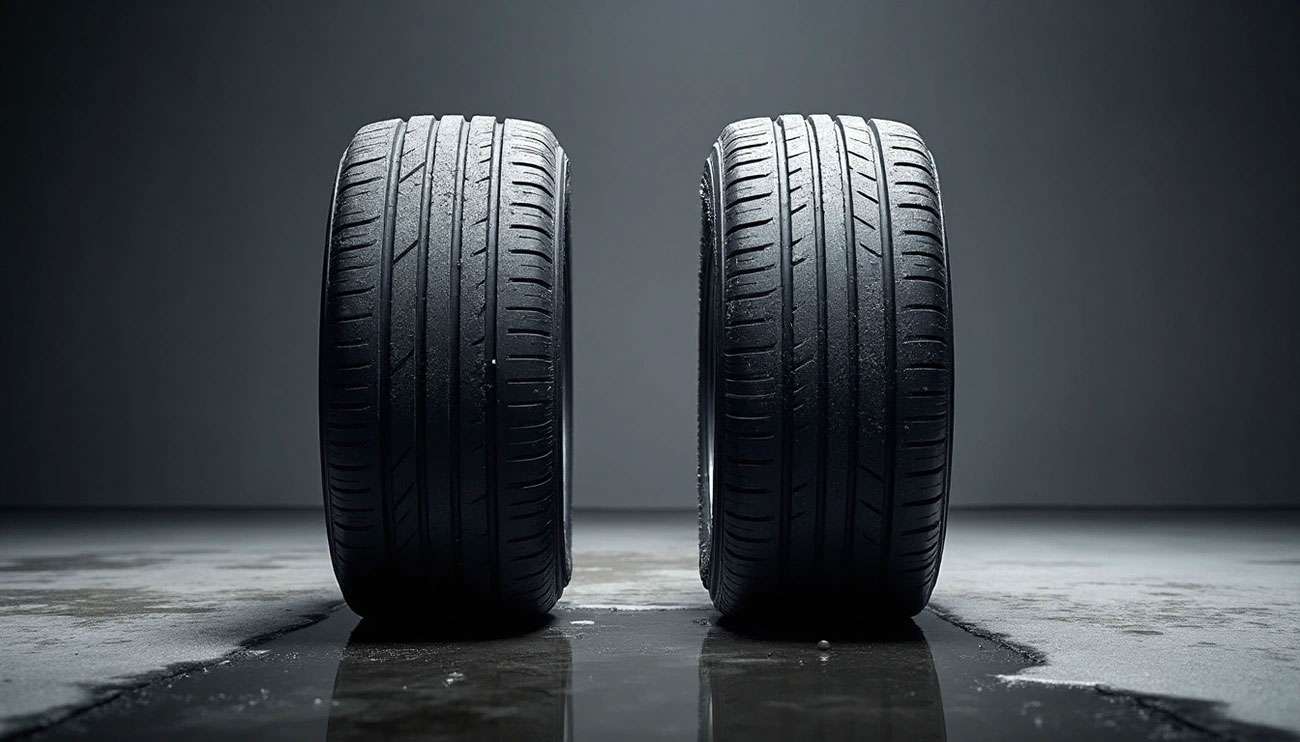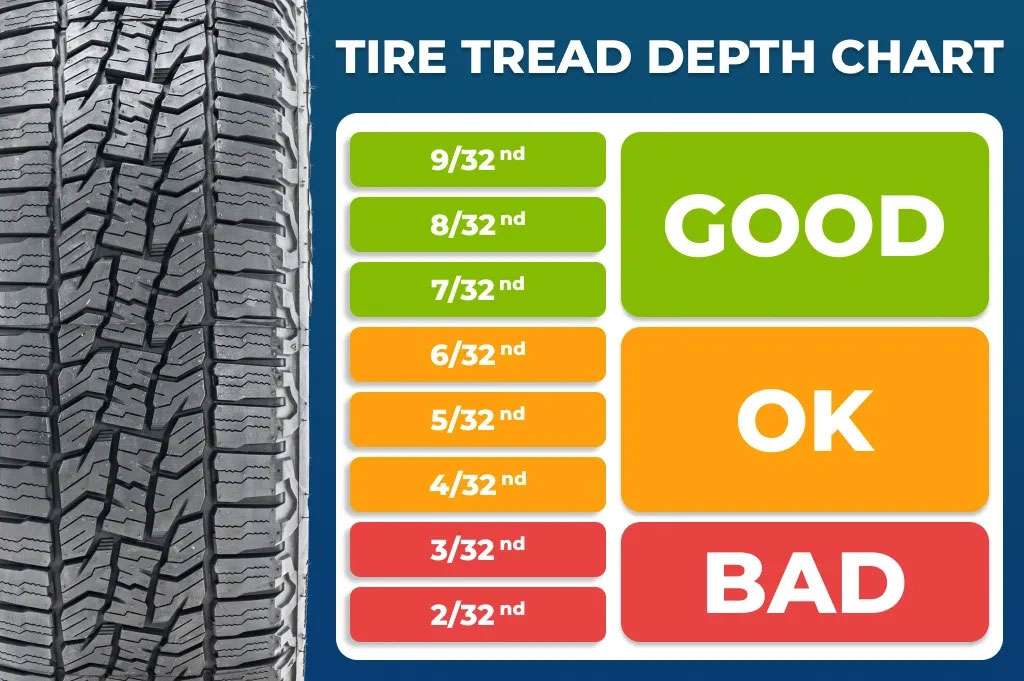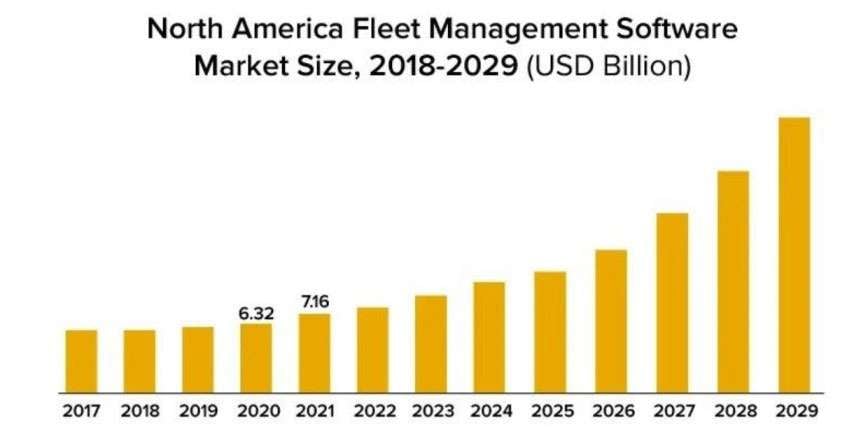
The tire selection decision between Hankook and Michelin comes down to one question: does the premium price deliver real value? Michelin dominates global tire sales at the number one position, while Hankook holds seventh place. Market position tells part of the story, but performance data reveals the complete picture.
Michelin built its reputation starting in 1889, becoming the most reviewed tire brand with over 81,500 customer reviews on Blackcircles.com. Hankook has emerged as a global manufacturer offering significantly lower prices. The Hankook Kinergy 4S2 costs 25.65% less than the comparable Michelin CrossClimate 2.
Longevity comparison shows interesting results. Hankook tires deliver 50,000 to 70,000 miles depending on the specific model, with some users reporting exceptional tread wear performance. The Hankook Kinergy 4S2 reaches 48,175.75 kilometers before minimum tread depth, outlasting the Michelin CrossClimate 2's 46,323.25 kilometers.
Our tire fitment specialists examine real-world performance data, durability testing, fuel efficiency measurements, and user satisfaction ratings. Whether you need all-season reliability or performance-focused handling, we determine which brand delivers the best value for your vehicle and driving needs.
Performance testing shows the actual differences between Hankook and Michelin tires. These measurements determine which brand delivers superior performance for your specific driving needs.
Stopping distance represents critical safety performance. The Michelin CrossClimate 2 stops in 38.53 meters compared to Hankook Kinergy 4S2's 41.14 meters. This 6.34% shorter stopping distance can make the difference in emergency situations.
The advantage varies between specific models. The Hankook Ventus Prime 4 stops at 35.1 meters, beating the Michelin Primacy 5 by 0.9 meters. Similarly, the Hankook iON FlexClimate delivers 39.0 meters versus 40.3 meters for the Michelin CrossClimate 2.
Wet cornering performance shows Hankook's strength. The Hankook Kinergy 4S2 achieves 75.31 km/h average wet handling speed compared to Michelin CrossClimate 2's 73.84 km/h. This 1.95% advantage means better control in wet conditions.
Testing between other models confirms this pattern. The Hankook iON FlexClimate averaged 74.6 km/h against Michelin's 71.4 km/h, making it 4% quicker around wet courses. Even close comparisons like the Hankook Ventus S1 evo 3 and Michelin Pilot Sport 5 show only 0.04% difference, with Hankook maintaining the edge.
Winter performance demonstrates Michelin's engineering advantage. The Michelin CrossClimate 2 generates 2874.33N of pulling force on snow compared to Hankook Kinergy 4S2's 2761.71N. This 3.92% better snow traction provides superior winter grip.
Acceleration tests confirm this superiority. Michelin achieves 0 to 40 km/h in 6.2 seconds versus Hankook's 6.5 seconds. The Michelin X Ice North 4 accelerates 1.61% faster than the Hankook Winter i pike RS2, showing consistent winter performance advantages.
Cabin comfort depends on tire noise levels. The Michelin CrossClimate 2 produces 71.28dB compared to Hankook Kinergy 4S2's 71.71dB. This 0.6% reduction creates a quieter driving experience.
The pattern continues across model lines. The Michelin Primacy 5 scores 10/10 for noise versus Hankook Ventus Prime 4's 8/10 rating. Highway speeds show the difference between Michelin Pilot Sport 4 (68-72 dB) and Hankook Ventus S1 Evo 3 (70-73 dB). The Hankook Winter i pike RS2 provides an exception, measuring 0.53% quieter than its Michelin counterpart.

Image Source: www.utires.com
Tire longevity determines your real cost per mile. We examine actual durability data to show you which brand delivers better long-term value for your vehicle.
Michelin tires reach up to 80,000 miles compared to Hankook's typical 65,000-mile range. These numbers change based on specific models and your driving conditions.
The Hankook Kinergy 4S2 covers 48,175.75 kilometers before replacement, outperforming the Michelin CrossClimate 2's 46,323.25 kilometers. This gives Hankook a 3.85% mileage advantage in this comparison.
Premium touring tires show different results. The Michelin Primacy 4 Plus delivers 53,516.67 kilometers versus just 39,450 kilometers for the Hankook Ventus Prime 4. Michelin lasts 26.28% longer in this category.
Wear rate shows how much rubber your tires lose while driving. Lower numbers mean longer-lasting tread.
The Michelin CrossClimate 2 loses only 14.3 grams per 1000 kilometers compared to the Hankook Kinergy 4S2's 23.4 grams per 1000 kilometers. Michelin reduces material loss by 38.89%.
Other models confirm this pattern. The Michelin Primacy 4 Plus emits 50.9mg/km/t of wear particles versus 63.15mg/km/t for the Hankook Ventus Prime 4. Michelin consistently minimizes rubber loss across their product lines.
Construction quality separates these manufacturers. Hankook builds strength into specific applications:
Michelin counters with advanced protection technologies:
We see these differences in real-world results. One customer reported 45,000 miles on Michelin Defender LTX M+S tires with significant tread remaining, expecting to reach the full 70,000-mile warranty. This demonstrates Michelin's proven durability advantage.
Tire efficiency affects your fuel costs long after the initial purchase. Each tire rotation impacts fuel consumption through Rolling Resistance, a critical performance factor.
Rolling Resistance measures energy lost as tires deform against road surfaces. Michelin tires demonstrate superior efficiency in direct testing. The Michelin CrossClimate 2 achieves 7.74 N/kN rolling resistance versus Hankook Ventus Prime 4's 7.99 N/kN. This delivers a 3% fuel efficiency advantage for Michelin.
Multiple tire tests show the Michelin CrossClimate 2 outperforming the Hankook Kinergy 4S2 with 12.23% lower rolling resistance. Michelin uses proprietary Green X and Energy Saver technologies, while Hankook employs Kinergy Eco and HSSC compounds.
Rolling resistance differences translate to measurable fuel savings. The Michelin CrossClimate 2 consumes 5.48L/100km compared to Hankook Kinergy 4S2's 5.6L/100km, providing a 2.14% efficiency advantage.
The Hankook Ventus S1 Evo 3 shows lower rolling resistance in some applications, reducing fuel consumption by 2-4% versus comparable Michelin models. Efficiency varies between specific tire models from both manufacturers.
Low rolling resistance tires boost fuel economy by 1-2% according to industry data. This modest difference accumulates substantial savings over time.
With average annual driving of 15,000 miles, Michelin's 2.14% fuel advantage saves approximately 15-20 gallons yearly. At current fuel prices, this represents $60-80 annual savings.
Both manufacturers achieve EU efficiency ratings from A to C. Michelin's consistent rolling resistance advantage demonstrates their engineering focus on energy reduction, potentially delivering greater long-term economy despite higher initial cost.

Image Source: Itefy
The real cost comparison between Hankook and Michelin goes beyond the price tag. Smart tire buyers look at total ownership costs to find the best deal for their specific needs.
Hankook delivers lower prices across tire categories compared to Michelin models. The Hankook Kinergy 4S2 costs 25.65% less than the Michelin CrossClimate 2, while the Hankook Ventus S1 evo 3 prices 24.49% lower than the Michelin Pilot Sport 5. The Hankook iON evo SUV (€167) maintains a 16% price advantage over the Michelin Pilot Sport EV (€194) in identical sizes.
These translate to $307.36 for Hankook Kinergy 4S2 versus $413.37 for Michelin CrossClimate 2. Hankook consistently provides the budget-friendly option for initial purchase.
Initial price tells only part of the value story. The Michelin Pilot Sport 5 shows 12.18% better value per kilometer compared to the Hankook Ventus S1 evo 3. This calculation includes both purchase price and expected lifespan.
The Hankook Kinergy 4S2 delivers superior value in all-season categories at $8.76 per 1000km versus $12.2 for the Michelin CrossClimate 2. Other comparisons show the Hankook model at $6.47 per 1000km against Michelin's $8.76.
Warranty protection adds another value dimension to tire selection. Michelin offers longer mileage warranties with better support options for premium products.
Michelin's advanced features and fuel-saving technologies justify higher initial costs through extended lifespan. Hankook positions itself as budget-friendly while maintaining strong capabilities and technology-focused performance.
Your best choice depends on driving priorities. Hankook provides exceptional value for upfront cost concerns. Michelin's higher investment pays off through longevity and premium performance features for long-term value seekers.

Image Source: Reddit
Customer feedback provides real-world data that our tire specialists use when recommending the best fitment for your vehicle. User reviews and professional testing results help us determine which brand delivers the performance you need.
Michelin leads in customer review volume with over 81,500 reviews on Blackcircles.com, making it the most reviewed tire brand. Hankook customers have submitted approximately 15,500 reviews on the same platform. Customer feedback highlights Michelin's "excellent, highest quality tires" and "quiet road performance". Hankook users report strong value, with one customer noting their Optimo tires "lasted 85,000km".
Professional testing shows both brands earning recognition. Hankook received "Manufacturer of the Year 2021" from Auto Bild Magazine's All-Season tire category. Their Kinergy 4S 2 series earned "Outstanding" rating in Auto Bild Allrad's 2021 all-season SUV tire test. Michelin consistently performs well in professional testing, with their Defender T+H delivering "surprisingly sporty" performance despite being a touring tire.
Michelin demonstrates strength in all-weather conditions, with their CrossClimate 2 recommended for drivers needing reliability across varying conditions. Hankook excels in performance applications, where their Ventus line provides "superior traction and pulling capacity".
We use this customer and professional feedback data to help determine the correct tire choice for your specific vehicle and driving requirements.
Our tire specialists compiled performance data from extensive testing to help you choose the right tire for your vehicle. These measurements represent real-world conditions across multiple test scenarios.
| Category | Michelin | Hankook |
|---|---|---|
| Performance Metrics | ||
| Dry Braking Distance | 38.5m | 41.1m |
| Wet Handling Speed | 73.8 km/h | 75.3 km/h |
| Snow Traction | 2874N | 2761N |
| Noise Levels | 71.3 dB | 71.7 dB |
| Durability & Efficiency | ||
| Typical Mileage Range | Up to 80,000 miles | 50,000-70,000 miles |
| Wear Rate | 14.3g/1000km | 23.4g/1000km |
| Rolling Resistance | 7.3 kg/t | 8.3 kg/t |
| Fuel Consumption | 5.48L/100km | 5.6L/100km |
| Price & Value | ||
| Price Range | $100-$250 | $80-$200 |
| Cost per 1000km (CrossClimate 2 vs Kinergy 4S2) | $12.2 | $8.76 |
| User Ratings | ||
| Overall User Rating | 81% | 74% |
| Expert Test Wins | 8 | 5 |
| Number of Reviews on Blackcircles.com | 81,500+ | 15,500+ |
| Market Position (Global Ranking) | 1st | 7th |
We determine the best tire choice for your specific vehicle and driving needs. The data shows clear performance differences, but your vehicle's requirements and driving conditions determine the optimal fitment.
Performance testing reveals clear patterns between these tire brands. Michelin delivers superior dry braking distances (38.5m vs 41.1m) and snow traction (2874N vs 2761N). Hankook excels in wet handling speed (75.3 km/h vs 73.8 km/h). Michelin operates slightly quieter (71.3 dB vs 71.7 dB).
Durability measurements show Michelin's advantage in wear rates (14.3g/1000km vs 23.4g/1000km) and fuel efficiency through lower rolling resistance (7.3kg/t vs 8.3kg/t). These factors contribute to longer service life and reduced operating costs.
Price comparison shows Hankook costs 25.65% less than comparable Michelin models. Cost-per-kilometer calculations provide different results depending on the specific tire model. The Hankook Kinergy 4S2 costs $8.76 per 1000km versus $12.2 for the Michelin CrossClimate 2.
We determine the best tire choice for your specific vehicle and driving needs. Hankook provides excellent value for budget-conscious drivers seeking reliable performance. Michelin delivers premium features for drivers prioritizing maximum safety margins and durability.
Our tire fitment specialists have over 20 years of experience selecting the correct tire application for your Car, Truck or SUV. We take every measure and precaution in choosing the right tire to meet your vehicle's specifications. Whether you need all-season reliability or performance-focused handling, we determine fitment for you - there is no need to try and figure everything out!
All you need to do is input your vehicle information and select a tire that meets your performance requirements and budget. We guarantee fitment and ship out hundreds of tire sets monthly. Contact our highly trained staff for expert guidance on Hankook vs Michelin tire selection.
When choosing between Hankook and Michelin tires, understanding their distinct strengths helps you make the smartest investment for your driving needs and budget.
• Michelin excels in safety-critical areas with 6.3% shorter dry braking distances and 4% better snow traction, making it ideal for drivers prioritizing maximum safety performance.
• Hankook offers superior value for budget-conscious buyers at 25% lower prices while delivering competitive wet handling performance that actually outperforms Michelin by 2%.
• Michelin provides better long-term economics through 38% lower wear rates and superior fuel efficiency, potentially offsetting higher upfront costs over the tire's lifetime.
• Cost-per-kilometer analysis reveals the true winner varies by model - some Hankook tires cost just $8.76 per 1000km versus Michelin's $12.2, while certain Michelin performance tires offer better value despite higher prices.
• Choose Hankook for immediate savings and solid performance, or select Michelin when prioritizing maximum durability, safety margins, and refined driving experience over upfront cost considerations.
The decision ultimately depends on whether you value immediate cost savings or long-term performance investment, as both brands deliver quality products with different value propositions.
Michelin generally excels in dry braking and snow traction, while Hankook shows superior performance in wet handling. Michelin tires tend to be slightly quieter, but both brands offer competitive overall performance across various driving conditions.
Hankook typically offers lower initial prices, often 25% less than comparable Michelin models. However, Michelin's higher upfront cost may be offset by better long-term value due to lower wear rates and improved fuel efficiency. The best value depends on your specific driving needs and priorities.
Michelin tires generally offer longer tread life, with some models lasting up to 80,000 miles. Hankook tires usually range between 50,000 to 70,000 miles. Michelin also demonstrates significantly lower wear rates, which contributes to their extended longevity.
Yes, Michelin tires typically have lower rolling resistance, which translates to better fuel efficiency. For example, the Michelin CrossClimate 2 shows 12.23% lower rolling resistance compared to the Hankook Kinergy 4S2, potentially leading to noticeable fuel savings over time.
Michelin generally receives higher overall user ratings and has a larger volume of customer reviews. They also tend to win more expert tests. However, Hankook has earned impressive accolades in specific categories, particularly for their all-season and performance tires, and many users praise their value proposition.